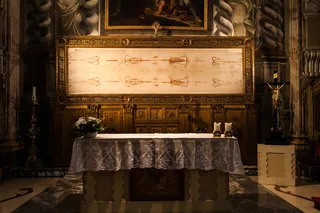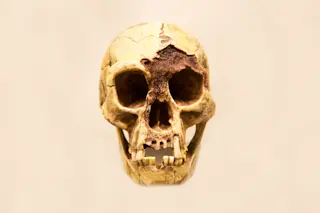Archeologists have discovered what may be a missing link between agriculture that grew ancient civilizations in Egypt and Mesopotamia and more recent ones in the Mediterranean. Excavations in a northwestern African area known as the Maghreb reveal farming practices similar to those that sprouted civilizations on the Nile River and the Tigris and Euphrates. They also show evidence of trade that tracks how human developments expanded northward, according to a report in Antiquity.
For over 30 years, Cyprian Broodbank, a Cambridge University archeologist, suspected that the Maghreb played a role in spreading civilization west of Egypt into southern Europe. Excavations at Oued Beht, Morocco, confirmed that hunch — revealing a previously unknown farming society dating from 3400 to 2900 B.C.E.
Broodbank’s team discovered plant and animal remains, pottery, and stone tools, all dating to the Final Neolithic period. Their excavation also revealed evidence of deep storage pits. The site is ...














